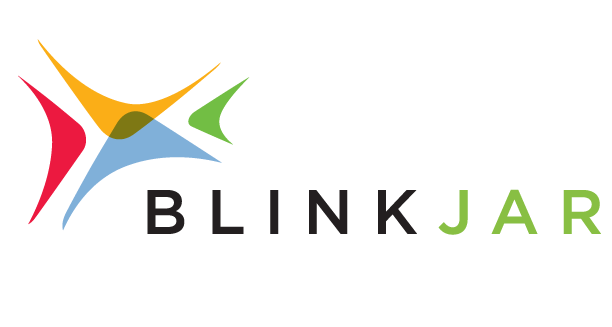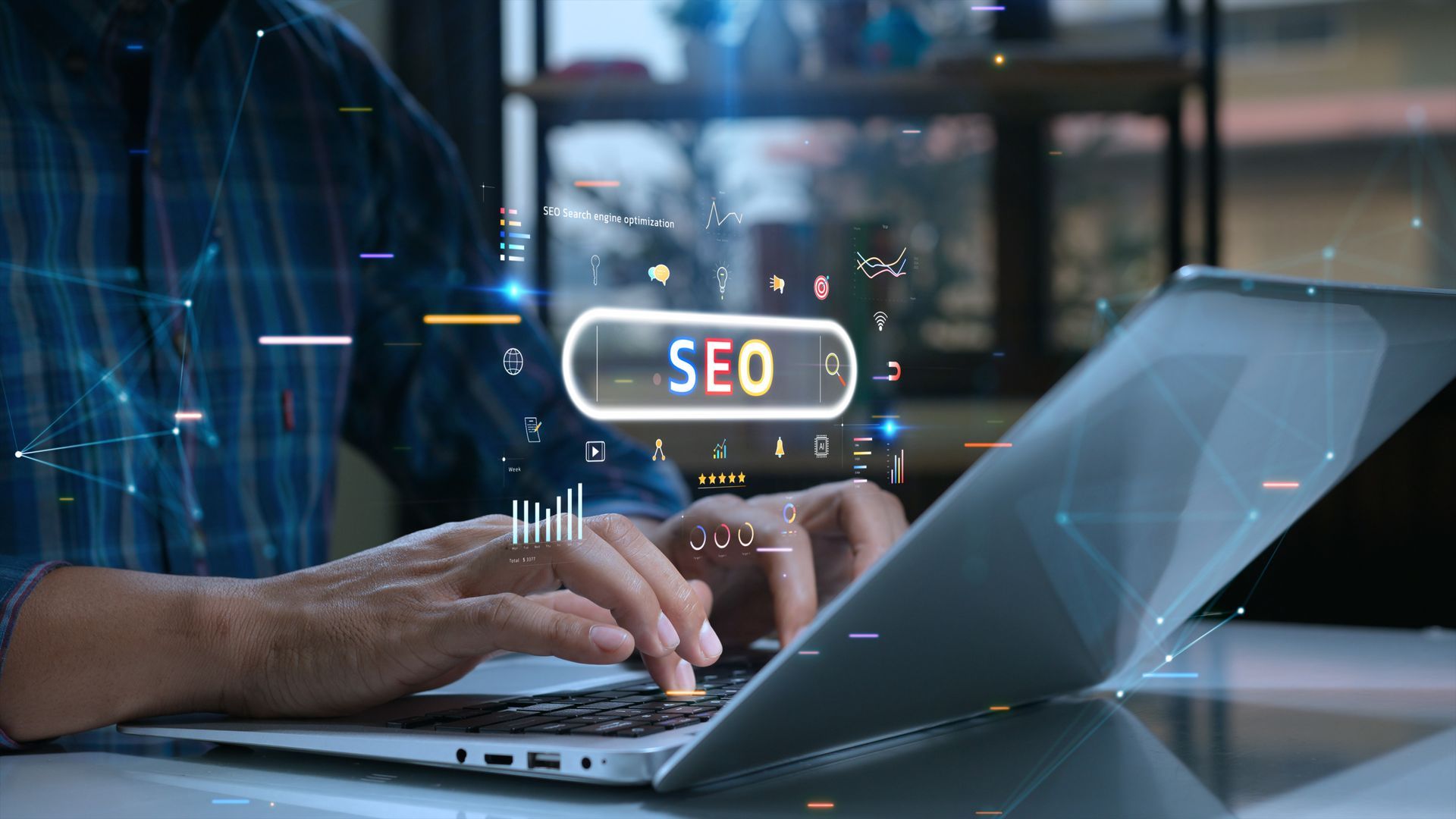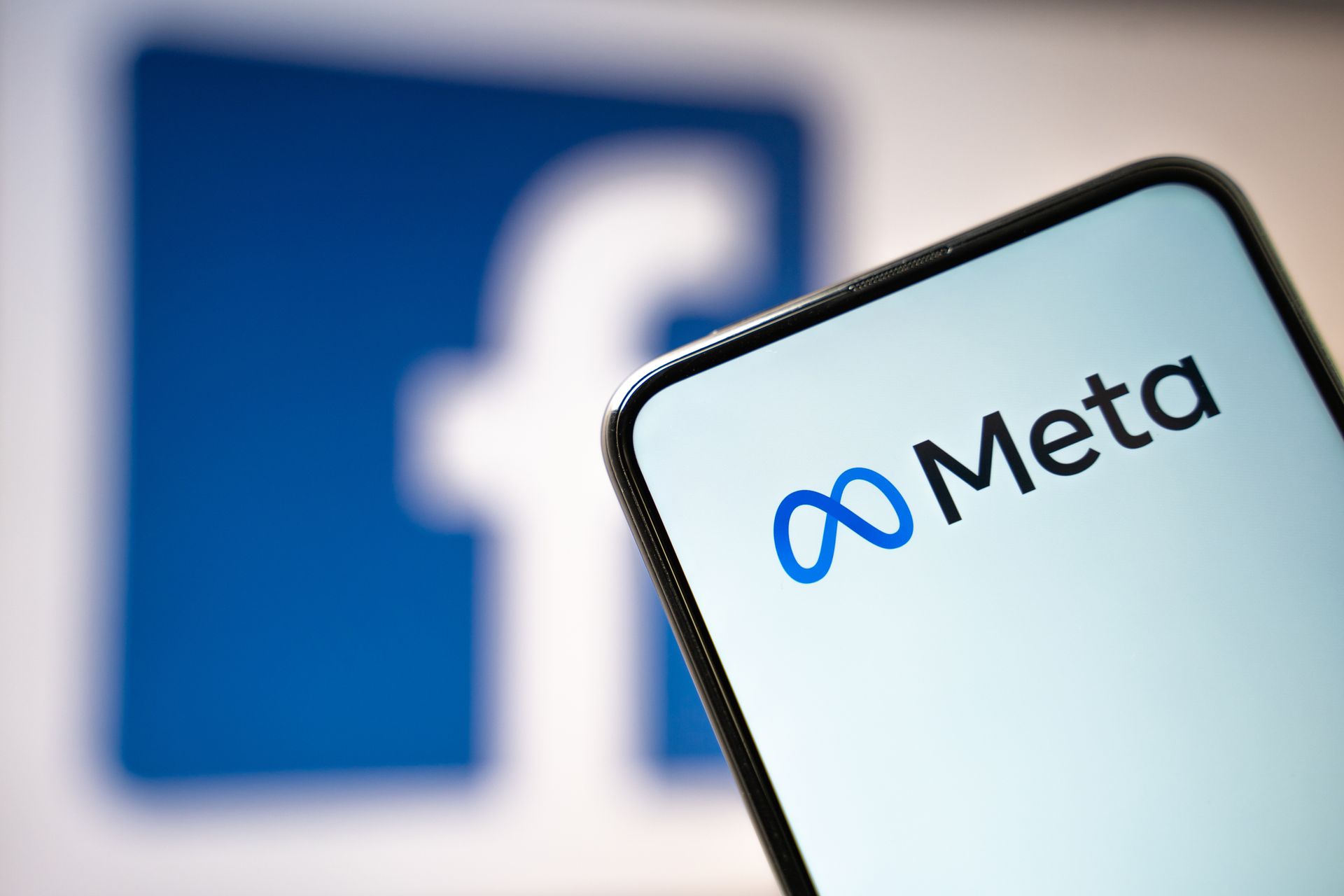The Philosophy of Growth-Driven Design
Even if you’ve never been involved in managing a traditional website redesign project, you can probably imagine how it works. It might start with the slow, creeping suspicion that your website may not have had a substantial facelift since before Seinfeld ended, or at least before ‘iPhone’ became a household term. You’re not sure how to even begin the process of revitalizing it – Do you google ‘website designer in Baton Rouge?’ Do you attempt to figure out how to do it yourself? Maybe you’re so focused on your business that you don’t have the time or energy to figure out what a modern, attractive website should entail?
Once you’ve finally settled on an individual or company that will take on this project for you, you begin the long waiting process, often spanning as much as three months depending on your needs. And finally, on one glorious day, your new site will finally go live in all of its colorful, densely-pixeled, modern splendor, and then…
What happens next? The project is finished, and the reigns are often abruptly handed off to you. Maybe there’s a way for you to add small content updates to your site, but in many cases, your site will just sit there mostly untouched, a static window in time overlooking the day of initial launch. This is not to say that your website should frequently undergo dramatic changes -- maintaining design consistency is central to the user-experience, and brand recognition is important for your customers. But by the same virtue, your presence on the web should reflect that of your business: an upward trend of growth and change.
As the internet becomes an ever larger part of our lives, dynamic web experiences will continue to become so ubiquitous that a website left untouched for a long period of time will seem bizarre to us. Enter what is referred to as Growth Driven Design; the philosophy that your website experience should evolve alongside your business, and never be left to grow stale and outdated.
Growth Driven Design means you can test two different strategies at once (or A/B test), with half your viewers seeing one version of a page and half seeing another, to determine which look or layout leads to more converted users." If users are failing to engage with an important feature on your site, such as an interactive form or service, that feature can be modified until you see results. If your business evolves or adds a new product, your site can be optimized continuously to make new elements prominent. Even more importantly, you can be sure that your site will be mobile-friendly, and will be quickly updated to the best SEO practices and the latest Google standards. And if you decide that your web strategy as a whole is simply not working, your website can be overhauled piece by piece.
Maintaining an ongoing relationship with the company responsible for building your site can result in a dramatically different experience for both you as a business owner and the users who frequent your website. Marketing your business involves a very comprehensive strategy across a wide variety of mediums. For those looking to find you, your website is potentially the most important medium of all.








